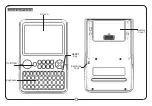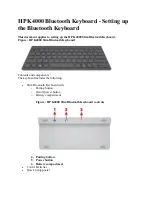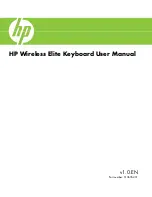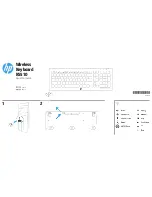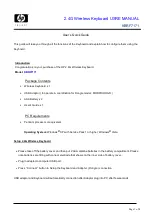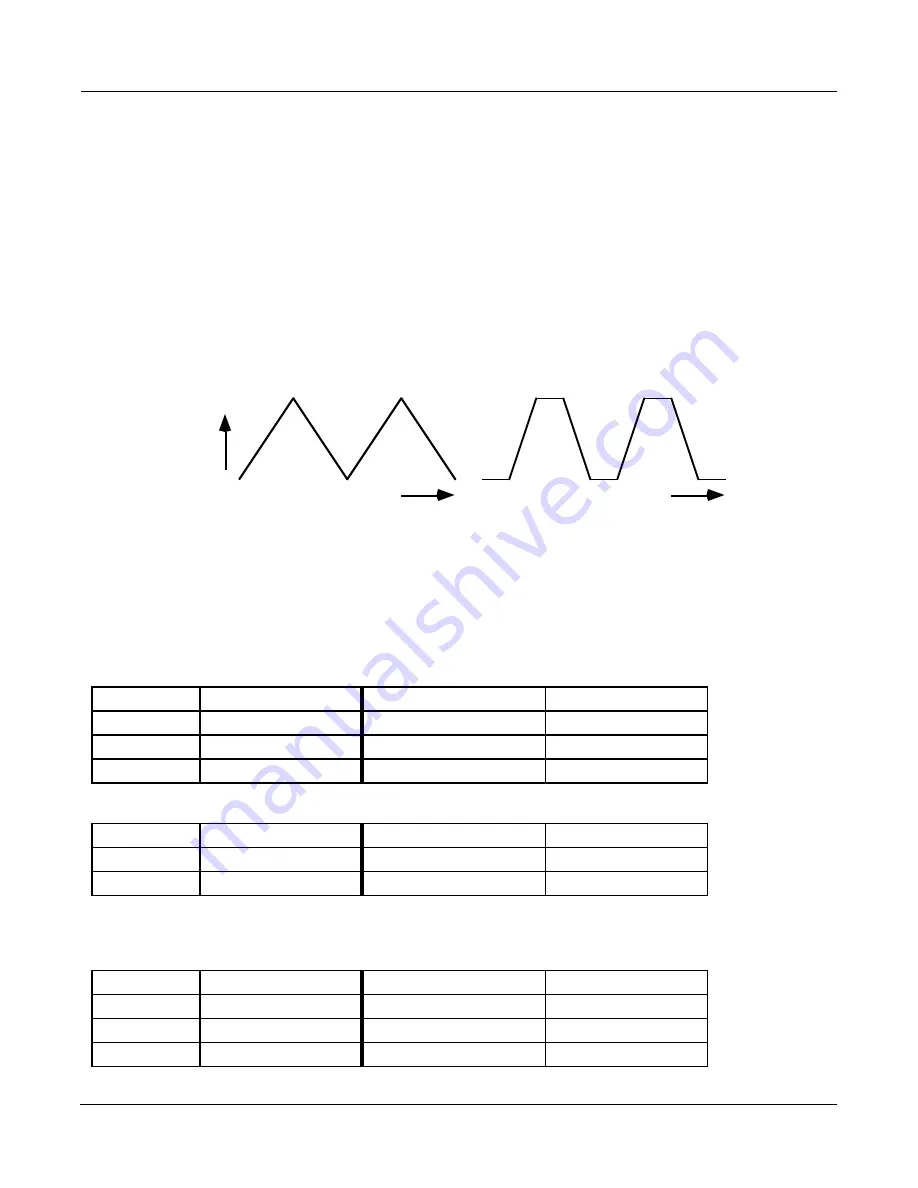
FXAlgs #150Ð153: Choruses
Algorithm Reference-52
The settings of the LFO rates and the LFO depths determine how far the LFOs will sweep across their delay lines
from the shortest delays to the longest delays (the LFO excursions). The Tap Delays specify the average amount of
delay of the LFO-modulated delay linesÑin other words, the timing of the center of the LFO excursion. The center
of LFO excursion can not move smoothly, and changing that parameter creates discontinuities in the tapped signal,
which is heard as zipper noise. It is therefore a good idea to adjust the Tap Dly parameter to a reasonable setting
(one which gives enough delay for the maximum LFO excursion), then leave it. If you increase the LFO modulation
depth or reduce the LFO rate to a point where the LFO excursion exceeds the specified Tap Dly, the center of LFO
excursion will be moved up, and again cause signal discontinuities. However, if enough Tap Dly is specified, Depth
and Rate will be modulated smoothly.
As the LFOs sweep across the delay lines, the signal will change pitch. The pitch will change with a triangular
envelope (rise-fall-rise-fall) or with a trapzoidal envelope (rise-hold-fall-hold). You can choose the pitch envelope
with the Pitch Env parameter. Unfortunately rate and depth cannot be smoothly modulated when set to the
ÒtrapzoidÓ setting.
Pitch EnvelopeÑ(i) ÒTriangle"; (ii) ÒtrapzoidÓ
Parameters (Chorus1):
PAGE 1
PAGE 2
Parameters (Chorus 2):
PAGE 1
Wet/Dry
-100 to 100%wet
Out Gain
Off, -79.0 to 24.0 dB
Fdbk Level
-100 to 100%
Xcouple
0 to 100%
HF Damping
16 Hz to 25088 Hz
Pitch Env
Triangle or trapzoid
Tap Lvl
-100 to 100%
LFO Rate
0.01 to 10.00 Hz
Tap Dly
0.0 to 1000.0 ms
LFO Depth
0.0 to 50.0 ct
L/R Phase
0.0 to 360.0 deg
Wet/Dry
-100 to 100%wet
Out Gain
Off, -79.0 to 24.0 dB
Fdbk Level
-100 to 100%
Xcouple
0 to 100%
HF Damping
16 Hz to 25088 Hz
Pitch Env
Triangle or trapzoid
(i)
(ii)
Pi
t
c
h
Time
Time



































